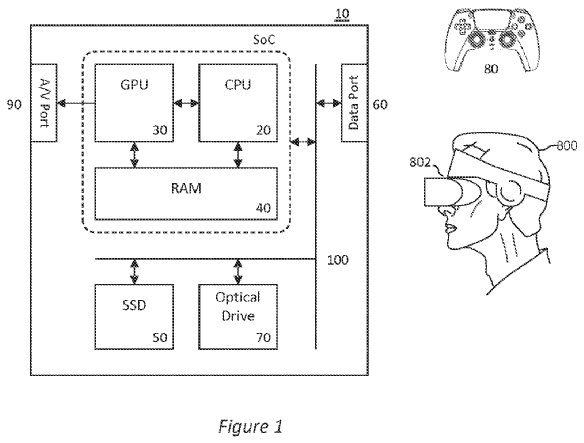
Story Highlights
- A recent patent published by Sony wants to auto-detect in-game harassment by using AI.
- The legal doc will use players’ biometric data to detect whether a player is being harassed.
- Finding the victim before the culprits will remove the need for a manual report to be made.
Sony is often credited with helming innovative ideas in the gaming industry, and we can get a glimpse of them in patents. The company has now published yet another unique legal document that wants to tackle in-game harassment by detecting the emotions of players. The proposed system will allegedly use biometric info—recorded in real-time—to figure out the current emotions of a user for auto-detecting harassment cases.
The patent dubbed “HARASSMENT DETECTION APPARATUS AND METHOD” will actively record the in-game emotional data of users to see how they behave with each other. Sony could detect when a player is harassed due to their rising heartbeat and other similar emotional changes. The publisher would use that info to take appropriate action and quell the issue without making the victim go through manual steps.
Harassment detection in this manner (that is, identifying a victim of harassment first as opposed to identifying a harasser first) is advantageous in that the number of false positive detections of harassment incidents may be reduced,” reads the patent.

As per the patent, Sony would relocate the victim in the game to be away from the harasser or vice versa. Additionally, it would also cut off communication between both parties to protect the victim from further harassment. We can expect the publisher to punish the perpetrator by banning them entirely.
The patent argues that the current protocols to deal with in-game harassment are lacking. Right now, the widely used method requires the victim to report the incident(s) to a moderator. However, many often don’t bother reporting the perpetrators. Therefore, they might continue harassing other players and feel more comfortable due to the lack of repercussions. So, auto-detecting harassment may also quell this issue.
There is a need in the art for a harassment detection techniques that do not require the victim to report the harassment they are experiencing, which should thereby decrease the proportion of harassment incidents that never get reported and also improve the well-being and safety of users participating in shared environments.”

Overall, the conglomerate has previously brought up a slew of unique patents that plan to quell cyberbullying in its games. Sony recently published a legal doc to address cyberbullying in VR games by shielding players with a bubble. Additionally, it earlier unveiled its plans to punish gamers for immoral voice-chat behavior.
Thanks! Do share your feedback with us. ⚡
How can we make this post better? Your help would be appreciated. ✍
This patent should be illegal. F sony



